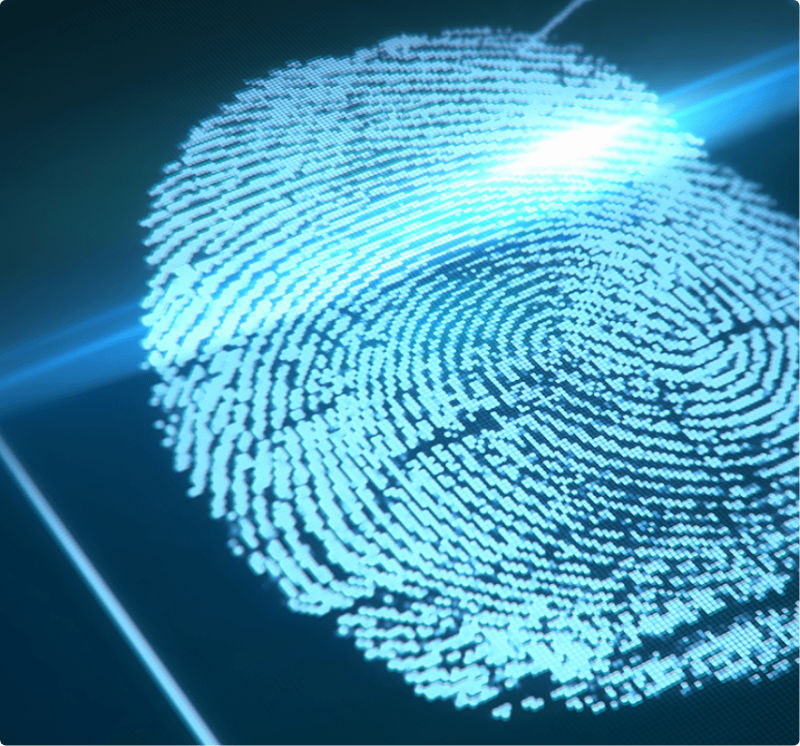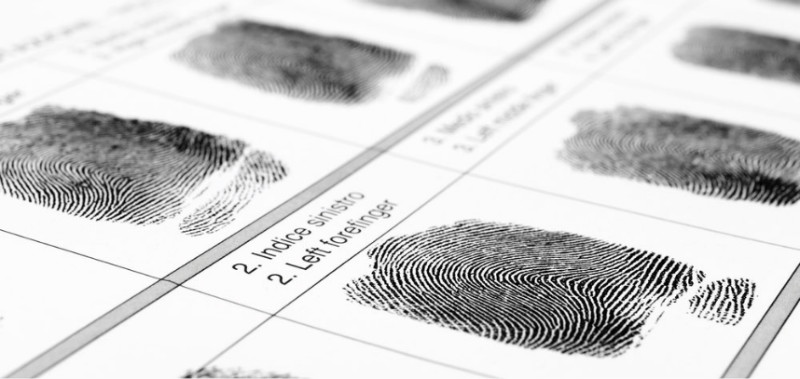A Professor of Physiology, John E. Purkinje, published a thesis in which he described nine types of fingerprint patterns. He did not mention the value of fingerprints for personal identification.
Sir William J. Herschel (1833-1917) was the first person who adopted the use of fingerprints on international contracts as an official signature in India. In 1916, he published "The Origin of Fingerprinting" in England. His study of fingerprints is mostly for civil affair purposes.
Dr Faults published an article in the Scientific journal "Nature" where he suggested using fingerprints as evidence in crime scenes.
An anthropologist from England named Francis Galton cousin of Charles Darwin) first suggested three types of basic fingerprinting categories and subsequently published a book titled "Finger Prints". According to his research, the ratio of having the same fingerprints is one out of 64 billion. Galton was also able to verify an individual's characteristic features through fingerprinting, method which is still commonly used till today. Through this, the US parliament formed an FBI identification department through legislation.
Dr. Harold Cummins and Dr. Charles Midlo created the scientific terms Dermatoglyphics.
Dr. Harold Cummins and Dr. Charles Midlo collaborated and published their book, "Finger Prints, Palms and Soles - An Introduction to Dermatoglyphics".
Dr. Julius Spier published "The Hands of Children" where he used the method of fingerprinting to analyse the mental development of children.
Jerôme Lejeune, a French geneticist, discovered the cause of Down's Syndrome - an extra chromosome of the 21st pair of gene - and that the patient has different fingerprint features from other children. This proven that fingerprints can be used to diagnose chromosome abnormalities and spearhead the field of investigation on fingerprint research.
An international research conference on Dermatoglyphics was first organised in the UK. It was then the principles on the classification through the suggestion of triradius and number of differentiating fingerprint types was confirmed. The Soviet Union used dermatoglyphics as a method to select fine athletes.
Roger W. Sperry won his Nobel Prize in Medicine for his work and research in split-brain theory.
Japanese medical expert professor pointed out that fingers are closely related to the brain hemisphere.
Prof. Dr. Howard Gardner developed the theory on Multiple Intelligences.
Dr. Chen Yi Mou published his research on Dermatoglyphics based on the Multiple Intelligences theory as developed by Dr. Howard Gardner.
Dr.Chen Yi Mou introduced Dermatoglyphics to Taiwan and began the categorisation of the Asian fingerprint. This started a new chapter in Asian Dermatoglyphics.
ADRC - Asian Dermatoglyphics Research developing and providing the best computer assisted assessment, profiling and diagnostic aids base on the study of dermatolgyphics. Application of Dermatoglyphics in profiling available in Malaysia, Singapore, India, Vietnam, Thailand, Philipines Nepal, Dubai, Bahrain, Australia.







